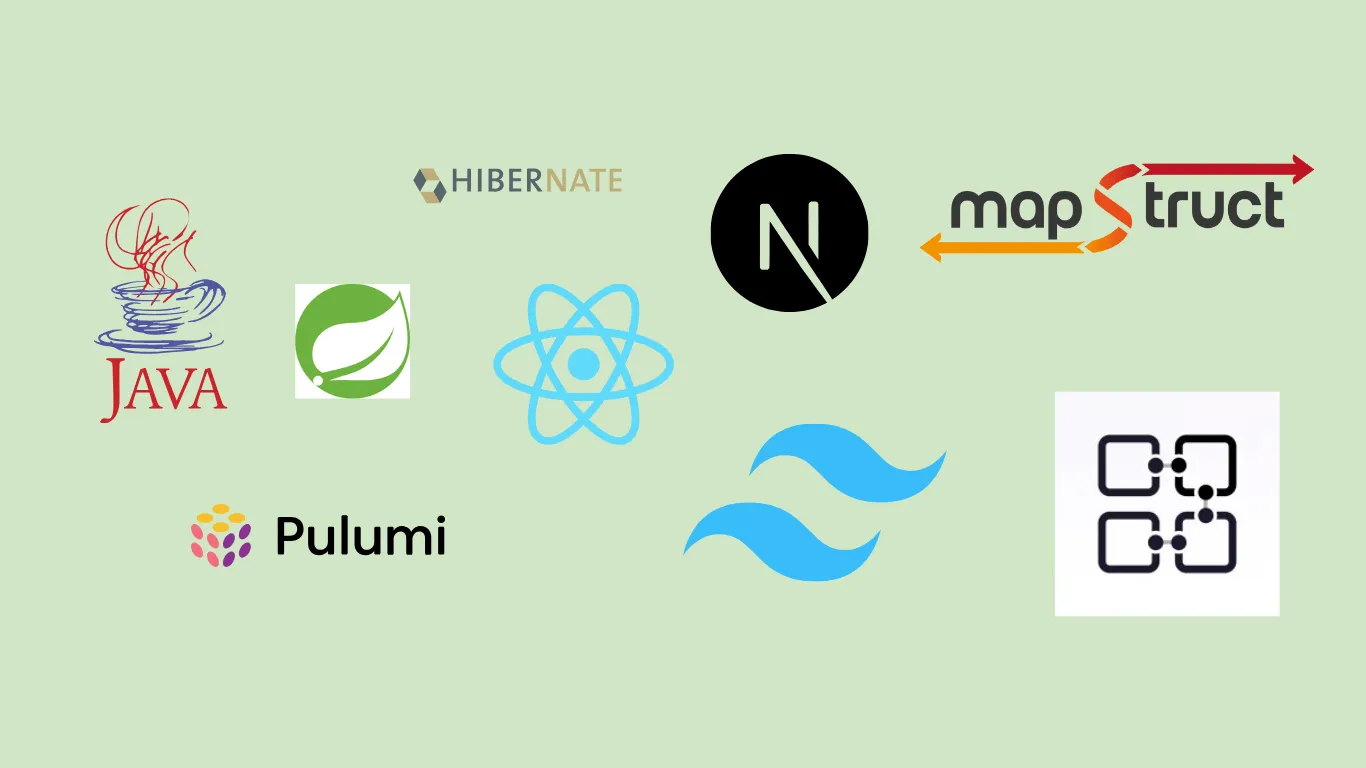FlowInquiry Open source business model

The Foundations of FlowInquiry
FlowInquiry is more than just a product—it’s a testament to the power of open-source technology. From the Spring ecosystem to Next.js, Hibernate, Liquibase, TailwindCSS, ShadCN, and beyond, these tools provide the backbone of what makes FlowInquiry possible. Without the contributions of these communities, delivering such a feature-rich and flexible platform to our users would not be achievable.
By making FlowInquiry open source, we aim to give back to this ecosystem while enabling individuals and organizations with limited budgets to access a robust workflow management tool.
Why Open Source Matters to FlowInquiry
1. Contributing Back to the Community
We believe that open-source distribution is more than a business decision—it’s a way of participating in a larger community. By sharing FlowInquiry as an open-source product, we ensure that the benefits of our work are accessible to all, creating a virtuous cycle of innovation and improvement.
2. Accessibility for Budget-Conscious Users
Not all organizations have the resources to invest in expensive enterprise solutions. With FlowInquiry’s open-source model, small teams, startups, and nonprofits can benefit from a professional-grade tool without breaking their budgets. This aligns with our goal of empowering all teams, regardless of their size or resources.
3. Early and Diverse User Feedback
Opening FlowInquiry to the public allows us to gather early feedback from a diverse group of users. This feedback is invaluable in improving the product across multiple dimensions:
-
Feature Richness: Users often propose innovative features or highlight gaps that we may not have considered.
-
Code Quality: Contributors can suggest optimizations and identify areas for improvement.
-
Architectural Design: With a wider audience reviewing our codebase, we gain insights into better design patterns and practices.
4. Building a Collaborative Ecosystem
Open source fosters collaboration, not just with users but also with other developers. By inviting contributions from the community, FlowInquiry becomes a platform shaped by the collective expertise of a global network. This accelerates innovation and ensures the product remains relevant across various industries and use cases.
5. Transparency and Trust
An open-source model provides transparency into how FlowInquiry works. Users and potential customers can inspect the code, ensuring they trust the platform they rely on for managing their workflows. This transparency also establishes FlowInquiry as a reliable and ethical partner in their operations.
6. Expanding the Reach of FlowInquiry
By being open source, FlowInquiry can be adapted and customized to fit niche or industry-specific needs. Developers can extend its functionality, creating new use cases we may not have envisioned. This increases the platform’s reach and value across diverse sectors.
Balancing Open Source and Business Sustainability
While the open-source version of FlowInquiry is freely available, we also offer a premium model for customers who require additional features, enterprise support, or custom solutions. This hybrid model ensures that we can sustainably grow and continue delivering value to both the open-source community and enterprise users.
Explore the FlowInquiry Repository and Documentation
FlowInquiry is open source and available for everyone to use, extend, and deploy. Whether you’re a developer looking to contribute, a team interested in customizing the platform, or an organization ready to deploy your own instance, we’ve got you covered.
-
GitHub Repository: The full source code of FlowInquiry is hosted on GitHub. Explore the repository to understand the codebase, report issues, or contribute to the project. Visit the FlowInquiry GitHub Repository
-
Documentation: We provide documentation to help you get started. From setup instructions to guides on extending FlowInquiry’s functionality. Access the FlowInquiry Documentation
-
Custom Deployment: FlowInquiry supports flexible deployment options. Whether you’re deploying locally, on cloud infrastructure, or as part of a Kubernetes setup, our deployment guide will walk you through the process.
We’re excited to see how the community uses and enhances FlowInquiry. If you have any questions or need support, feel free to reach out or join our community discussions on GitHub. Together, we can make workflow management better for everyone!